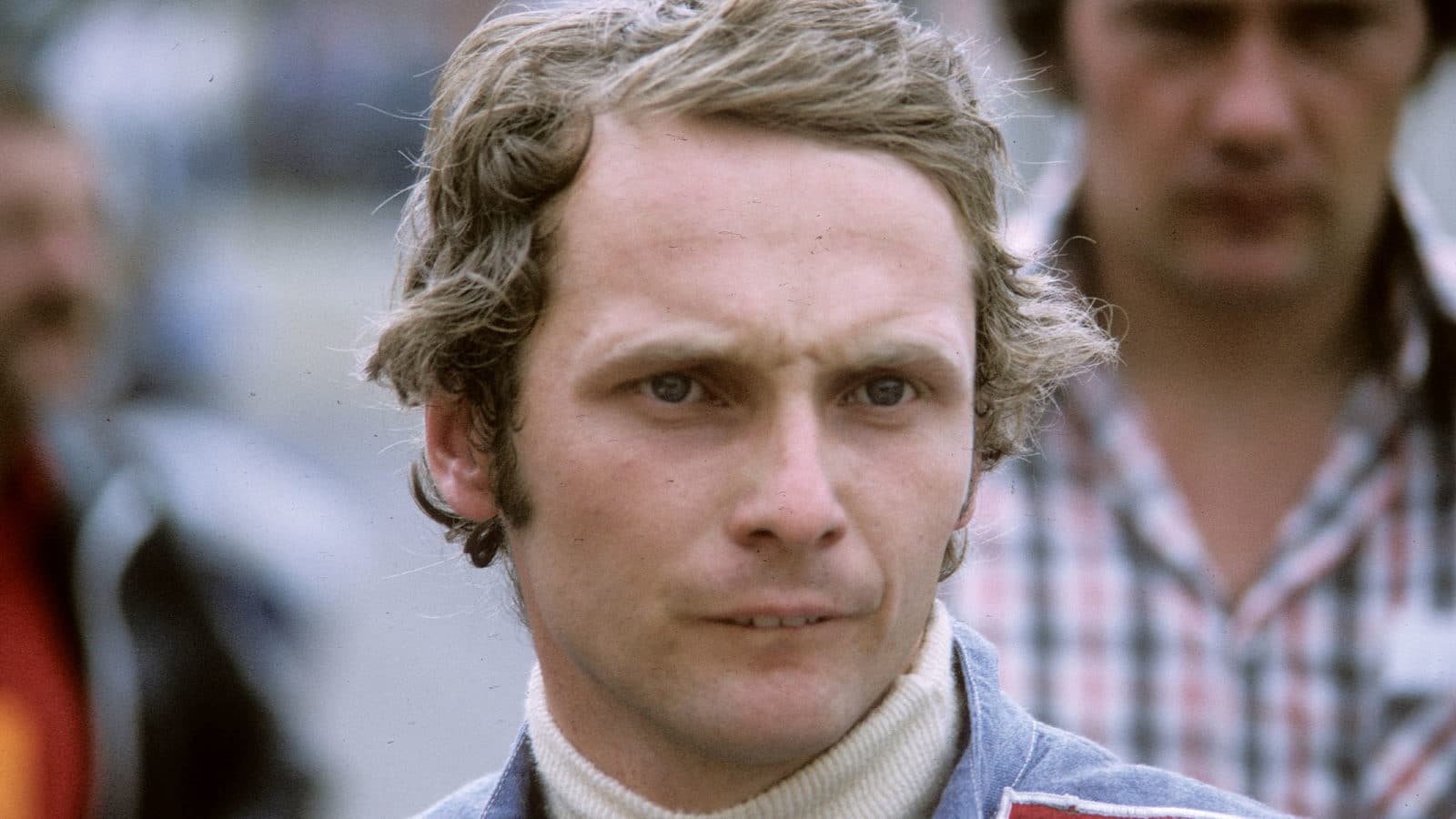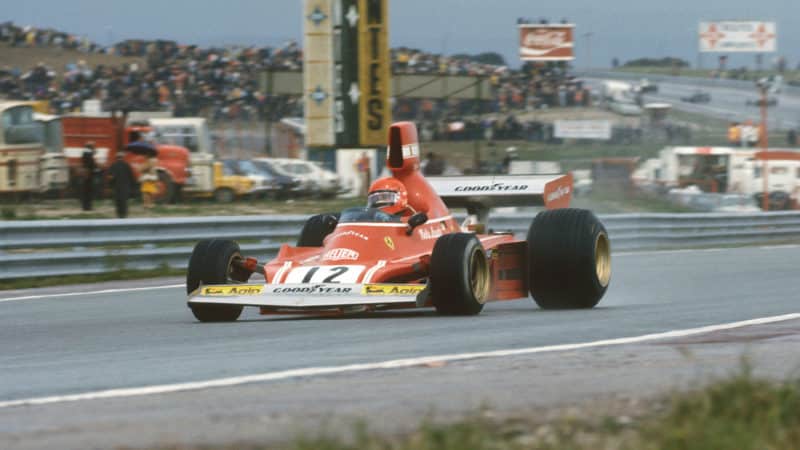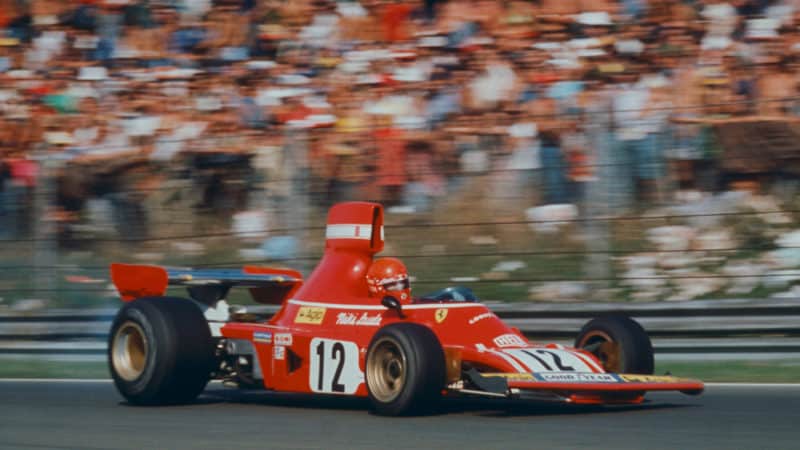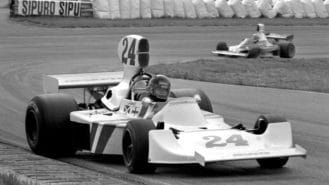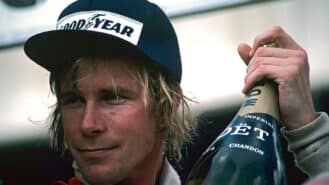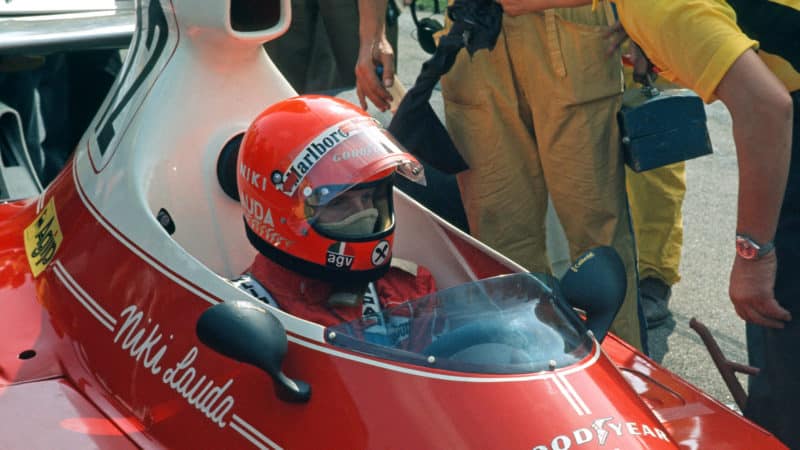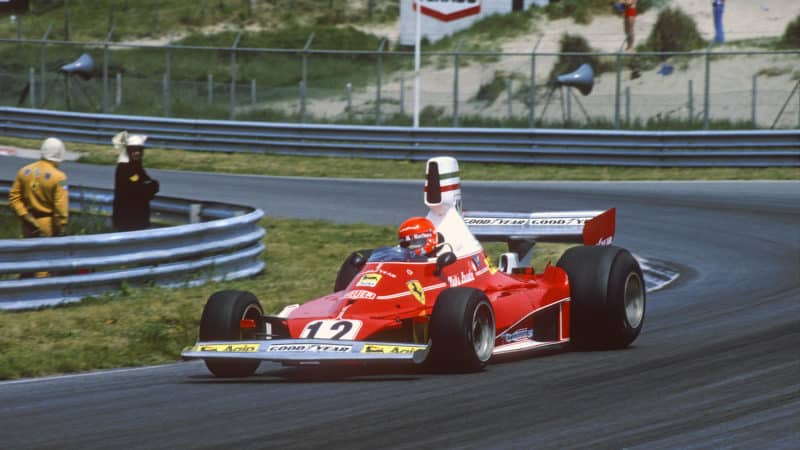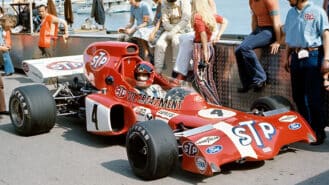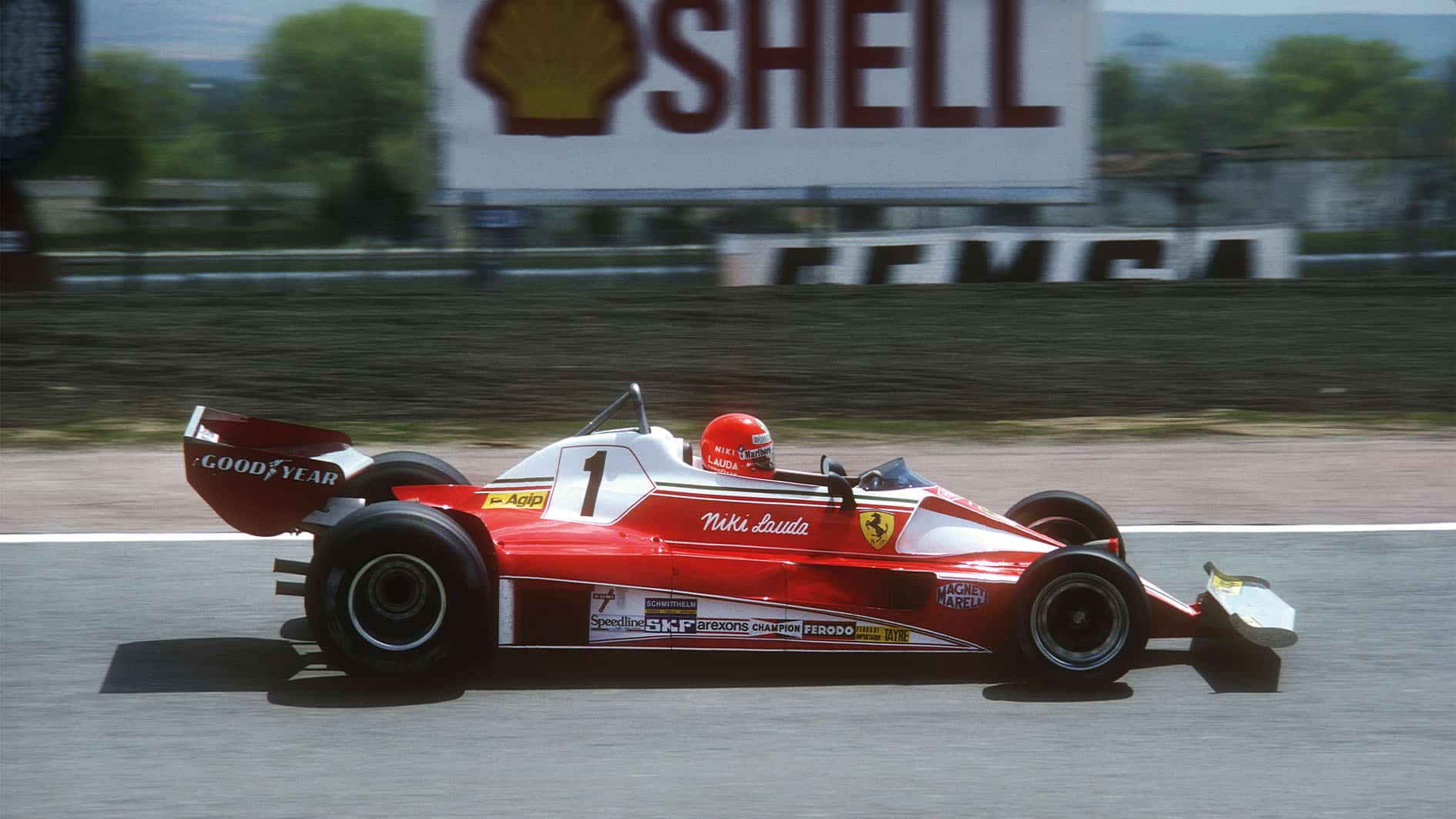To be fair, the Italians themselves were still wrestling with that ticklish problem. Fiat, who had been funding Ferrari since 1969, had decided to take a much more active role and to this end plonked a young Luca di Montezemolo, go-ahead scion of the Agnelli family, into the role of team manager. He was there to protect Fiat’s interest — but he did much more than this, handling the unpredictable Enzo with respect and honesty, greatly reducing the team’s Whitehall Farce antics and shielding Lauda from what politics remained. These two men swiftly became great allies: the prototype Schumacher and Jean Todt.
Enzo, though, was still capable of theatrical gestures.
Lauda: “I suppose, as a pragmatic Austrian, that the whole sense of drama was difficult for me to understand. But I like to think that I was pragmatic enough to play the game the way they wanted me to. For example, when I first drove the B3 at Fiorano I told Piero Lardi, who was translating for his father Mr Ferrari, that the car was shit. Piero nervously told me that I really should pull my punches. So I said that it had too much understeer, which it did. So Mr Ferrari told me that I had a week in which to lap one second faster round Fiorano, otherwise I was out. So we made the modifications and delivered the result. It was a piece of cake, actually.”
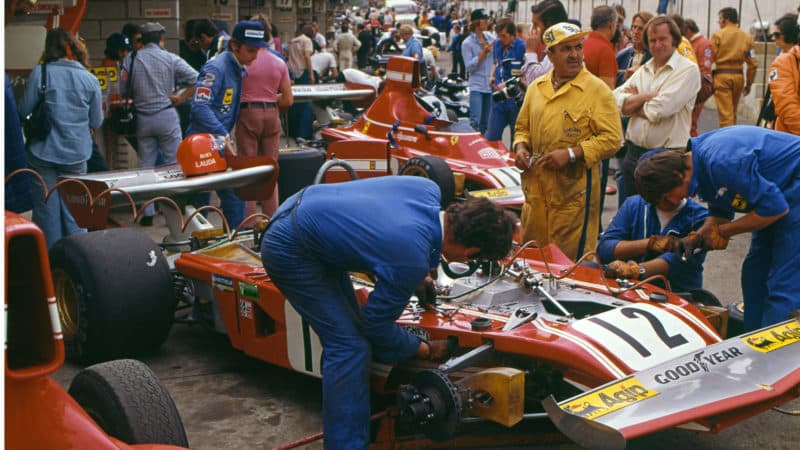
In the pits at Hockenheim
Grand Prix Photo
That ‘we’ was another reason for hope: Mauro Forghieri was back. After a disappointing 1972 Ferrari’s long-time race designer had found himself sidelined at Special Projects and replaced by Sandro Colombo. This ex-Innocenti designer took the unpopular step of having the new F1 car’s monocoque built in the UK by TC Prototypes of Northampton and then oversaw a season of spiralling apathy and pathetic results. Forghieri was recalled to the team by Fiat before August’s Austrian GP, and he revamped the B3 in just 20 days. It proved only a marginal improvement, but it was a start.
Forghieri was not averse to the occasional madcap tantrum himself — but he was brilliant, had a point to prove and was mulling over a big idea. A formidable talent capable of designing all aspects of a race car, he’d been worn down previously by his concurrent team manager role of Ferrari’s F1 and sport scar outfits. But this pressure had been eased by the arrival of di Montezemolo and the abandonment of the sports car programme after 1973. Forghieri was thus able to forget his ‘Ross Brawn’ role and concentrate on his ‘Rory Byrne’.
Lauda and Forghieri did much more than dial out that understeer. During an intensive winter of R&D at the new Fiorano track (another major plus) the B3 was extensively reworked: for 1974 it featured a much-revised weight distribution — its cockpit being positioned further forward to accommodate more of the 47-gallon fuel load in the centre of the car — and many aerodynamic improvements. Its 3-litre flat-12 now boasted 485bhp at 12,200rpm, a useful 20bhp more than the best of its Cosworth rivals. Lauda used it to great effect to put in the foundations of his reputation and begin the restoration of Ferrari’s. He took comprehensive wins at Spain and Holland, recorded nine poles and two fastest laps, and led in South Africa, Monaco, France, Belgium, Italy and Canada. He wasn’t flawless — he got tangled up on the first lap at the Nürburgring having started from pole — but he was also denied wins at Brands and Mosport by late dramas: a slow puncture and a crash caused by the unflagged detritus of somebody else’s off. He finished fourth in the overall standings, while the slower but more consistent Regazzoni fell just three points shy of the title. It had been a sensational turnaround… and Forghieri had yet to unleash his big idea.
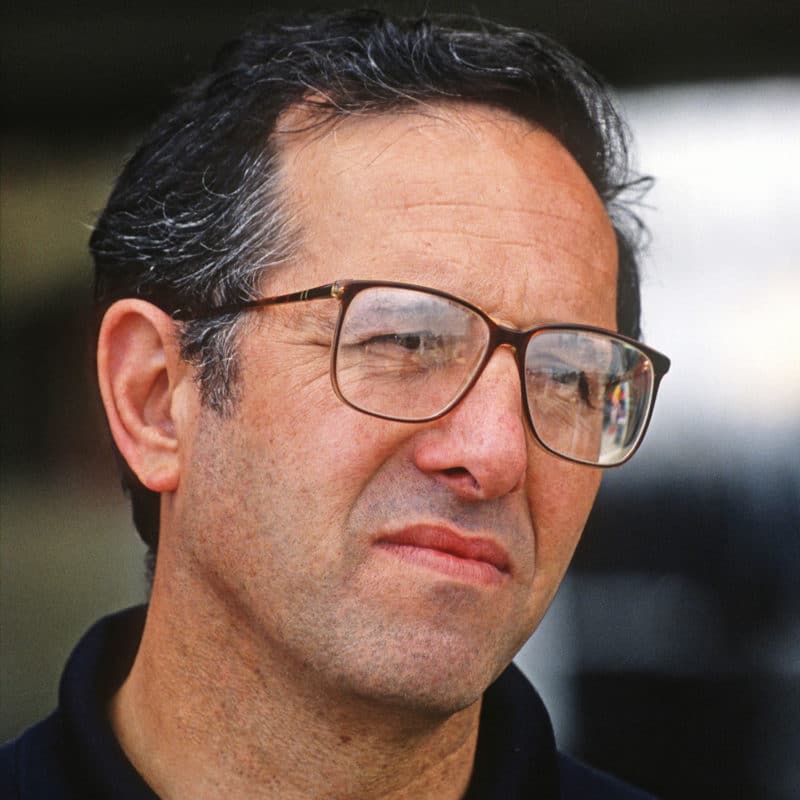
Mauro Forghieri was able to develop 312 for Lauda into a winning machine
Grand Prix Photo
Towards the end of 1974 Mauro told Lauda that he was thinking of using a transverse-mounted five-speed gearbox fitted ahead of the rear axle line on his ’75 design.
“I have to admit,” says Lauda, “that I was very sceptical of the advantages it would offer. Forghieri was talking about reducing the car’s polar moment of inertia by concentrating all the mass as close to the centre as possible. I’d been through all that with Robin Herd and the March 721X way back in 1972, so I thought, ‘No thanks’. But Mauro persuaded me this would be different. And it was.
